I would like to clarify what'd be the best way of organizing architecture.
I've got rest api and microservices architecture. I have applied the Database per Service pattern.
So let's imagine that the user wants to create an order(an e-commerce system). But users can have a credit limit. So the flow will be as below:
OrderService creates a pending order. Then push an event about it.
UserService processes that event and publishes either a credit limit exceeded event or a credit reserved event.
OrderService receives the event and changes the state of the order to either approved or canceled.
All look good. But the question is what the user will do during this simple flow? I mean: the user makes a POST request /orders and ...
- Web-service awaits until the order gets approved or canceled(includes surely timeout)?
- Web-service returns 200 ok and then the user needs to check the order state with some interval?
- use web sockets?
- something else?
Unfortunately, Any option from above has its advantages and its disadvantages.
The challenge is that I described the simplest case. In reality, tens services(even third party) could be involved. And of course, I am expecting a high load. So the queue may be filled.
Please propose the solution to discuss. I'm greatly appreciating for an answer as well as links to production ready system documentation.
